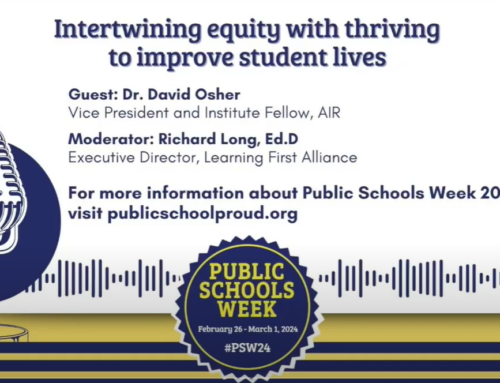In today’s fast-paced world, it’s easy for parents to get caught up in the whirlwind of daily life, sometimes forgetting the importance of regular wellness check-ups and vaccinations for their adolescents. However, staying vigilant about these routine visits is crucial for safeguarding the health and well-being of your child.
Adolescent Immunization Action Week (#AIAW24), from April 1st to 5th, it’s the perfect time to check that your adolescent is up to date on their vaccinations. Vaccines can be incredibly effective in preventing various illnesses, ranging from meningitis to HPV-related cancers, and now even COVID-19. Major medical societies, including the American Academy of Pediatrics (AAP), the American Academy of Family Physicians (AAFP), and the Society for Adolescent Health and Medicine (SAHM), unanimously recommend vaccinations to protect adolescents.
Understandingly, parents may have questions or concerns about vaccines. It’s essential to address these concerns by initiating an open dialogue with your healthcare provider. By engaging in conversations about vaccines, parents can make informed decisions about their adolescent’s health, ensuring their protection against preventable diseases. Moreover, involving adolescents in these discussions empowers them to take ownership of their health, fostering a sense of responsibility and autonomy.
To ensure that your adolescent receives the necessary vaccinations, stay on TASK:
- Seek TRUSTed Sources to know what your adolescent needs to be protected.
- ASK Questions to help with your decisions.
- SCHEDULE an appointment with your adolescent’s healthcare provider.
- KNOW where it’s convenient to go for a wellness visit or routine vaccination.
By following these steps and prioritizing your adolescent’s wellness, you can play a pivotal role in safeguarding their health and future. Remember, staying informed and proactive is key to ensuring that your adolescent remains protected against preventable illnesses.
For additional information and resources on Adolescent Immunization Action Week (#AIAW24), visit Unity Consortium’s dedicated page. Let’s join hands in promoting the health and well-being of our adolescents through vaccination and routine healthcare visits.
AAP: https://www.aap.org/en/patient-care/immunizations/. AAFP: https://www.aafp.org/family-physician/patient-care/prevention-wellness/immunizations-vaccines.html. SAHM: https://adolescenthealth.org/advocacy/position-papers/. Accessed 11/15/2023.




